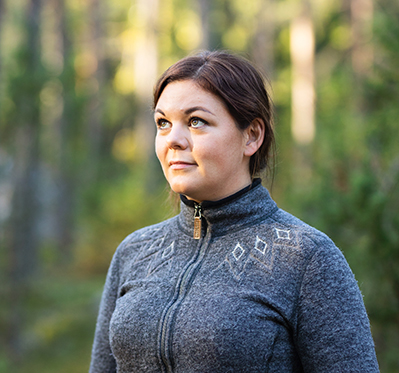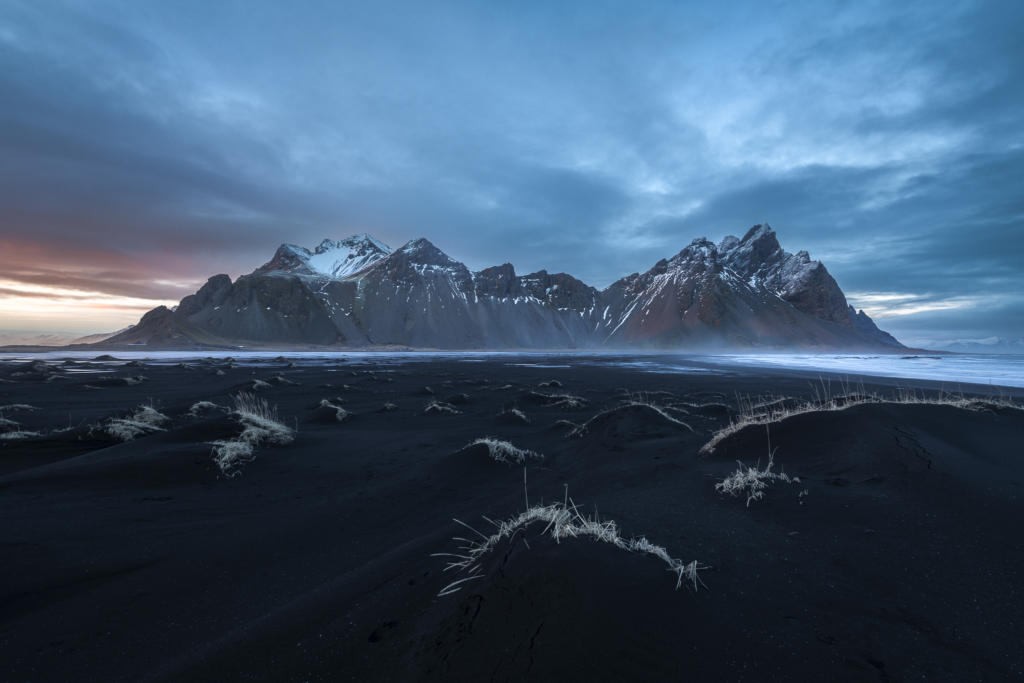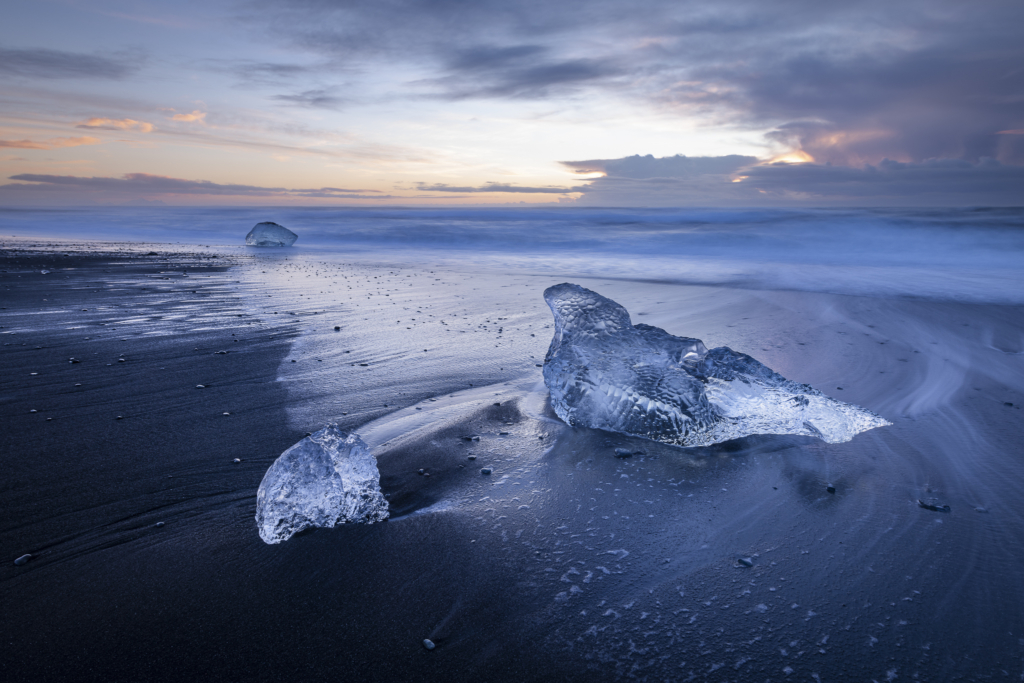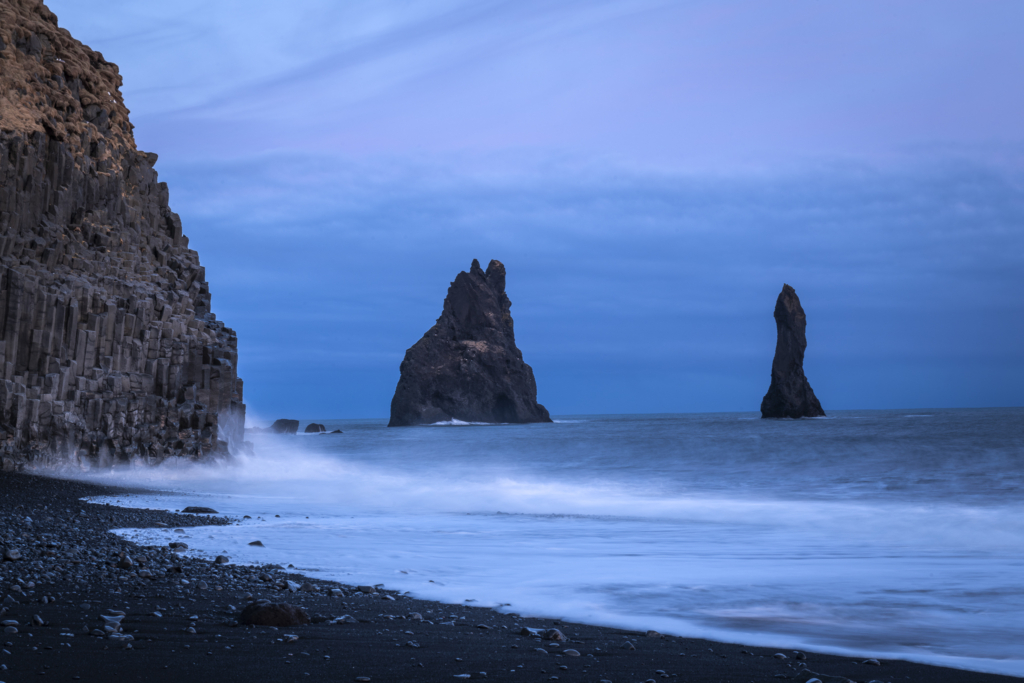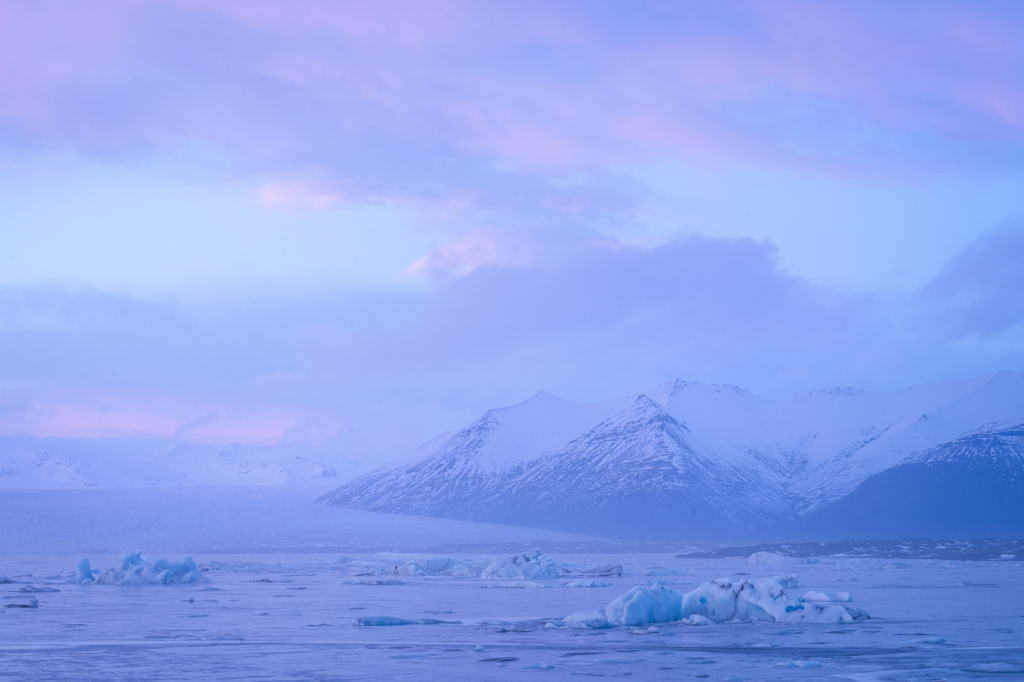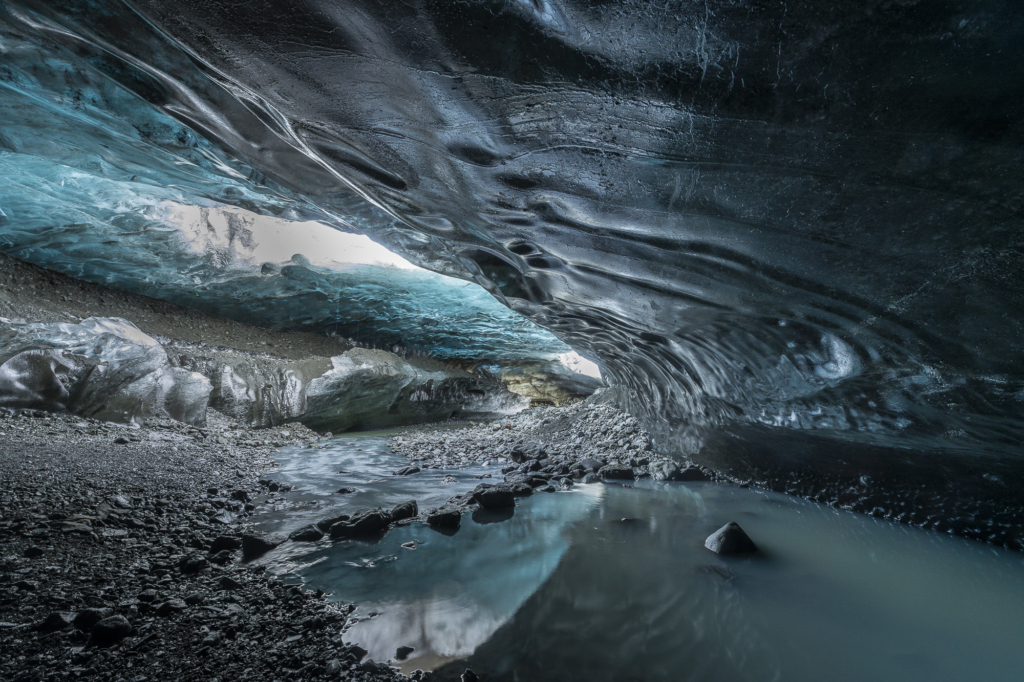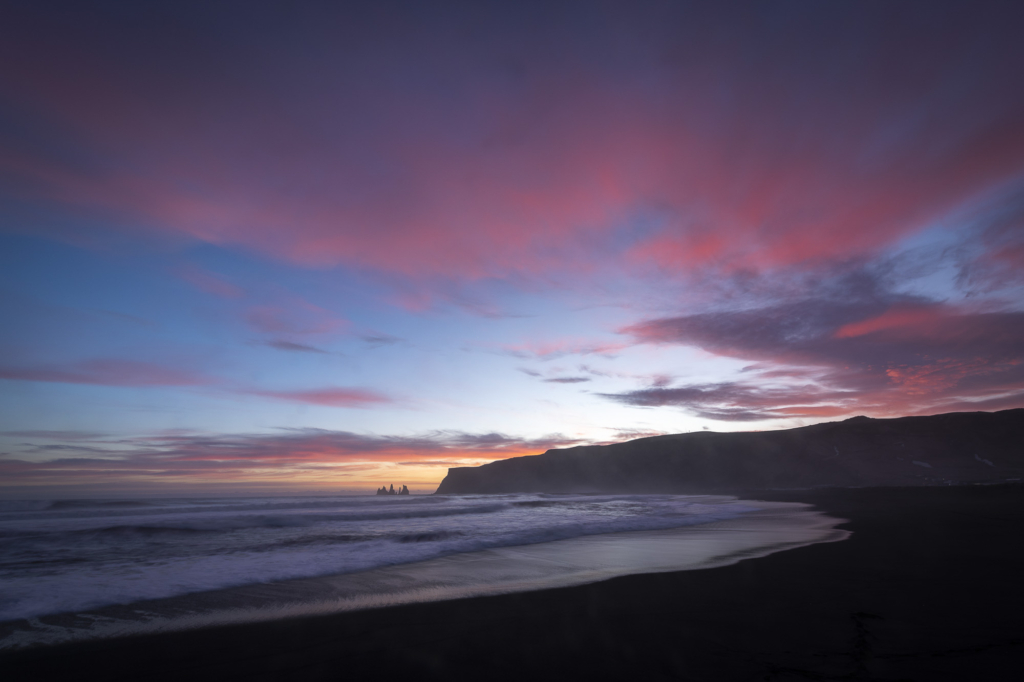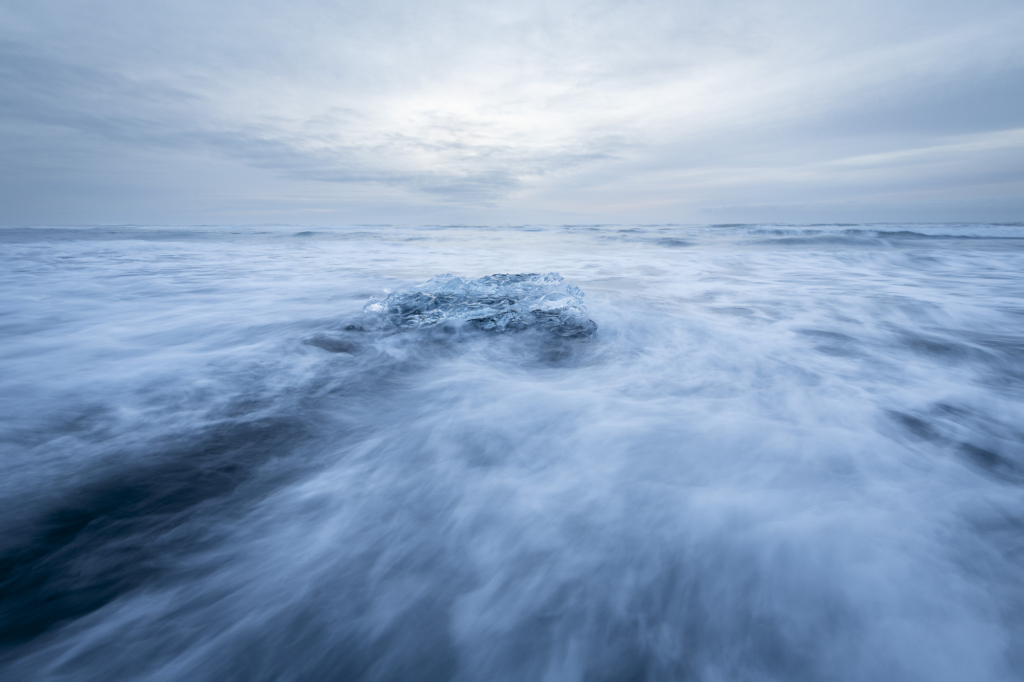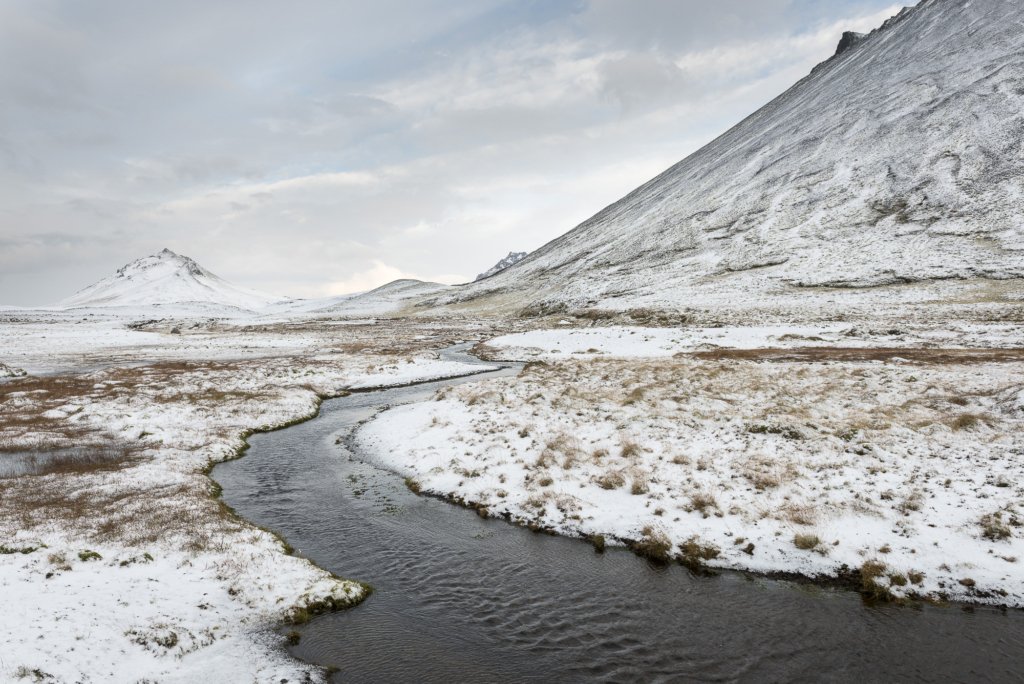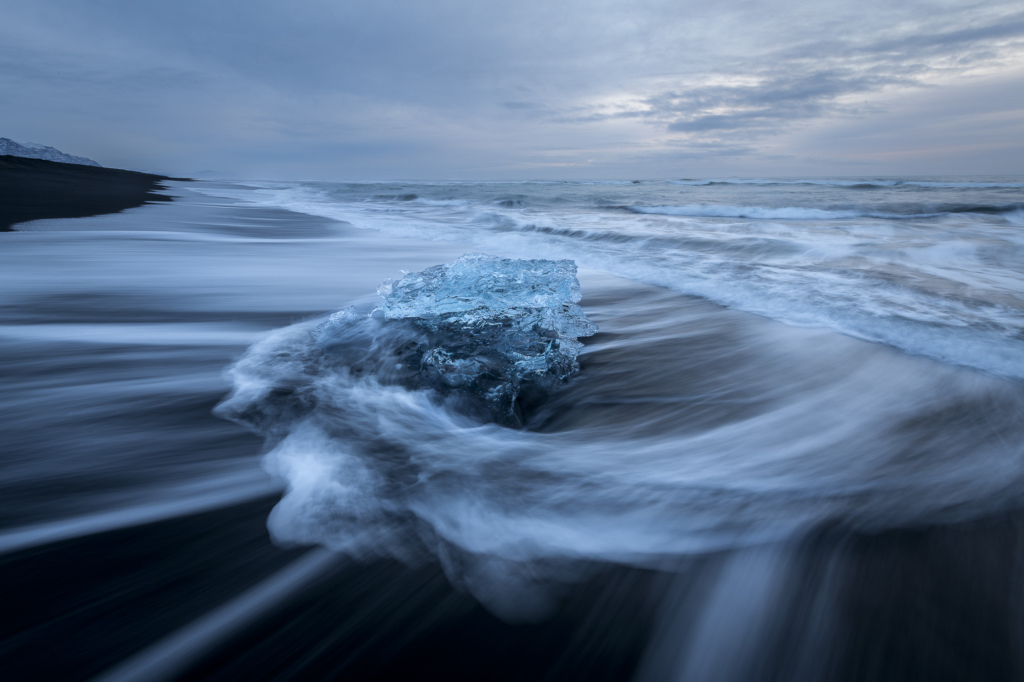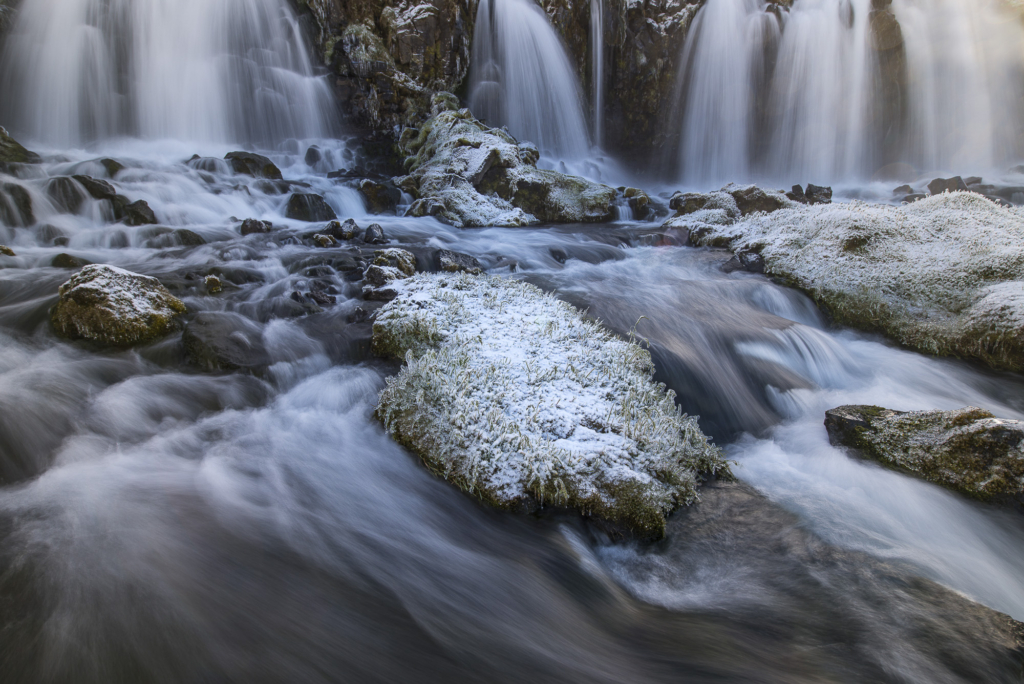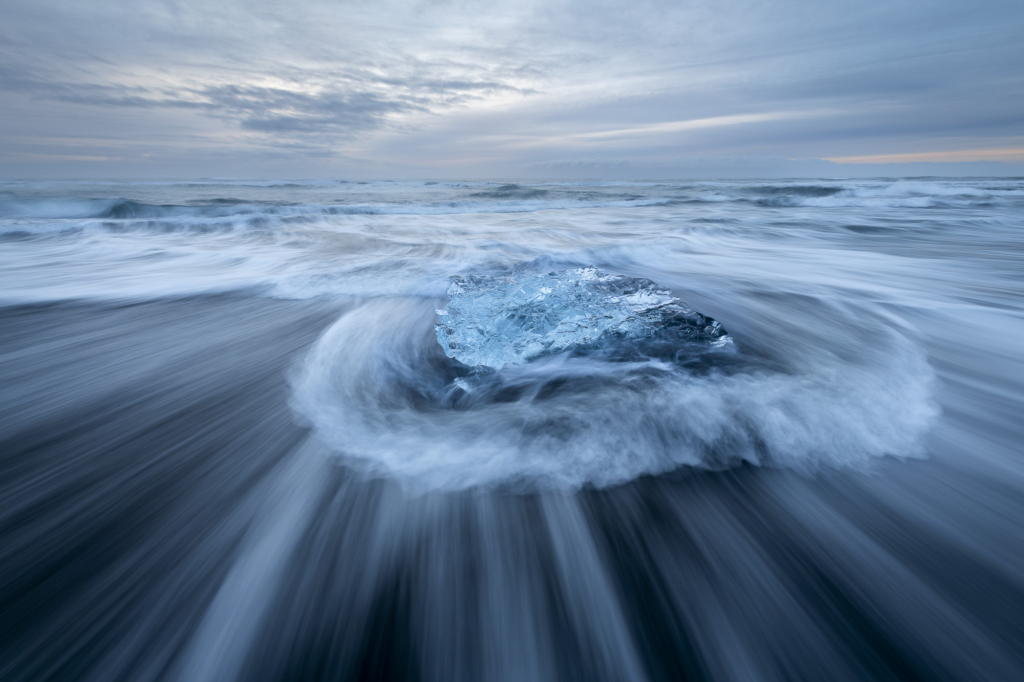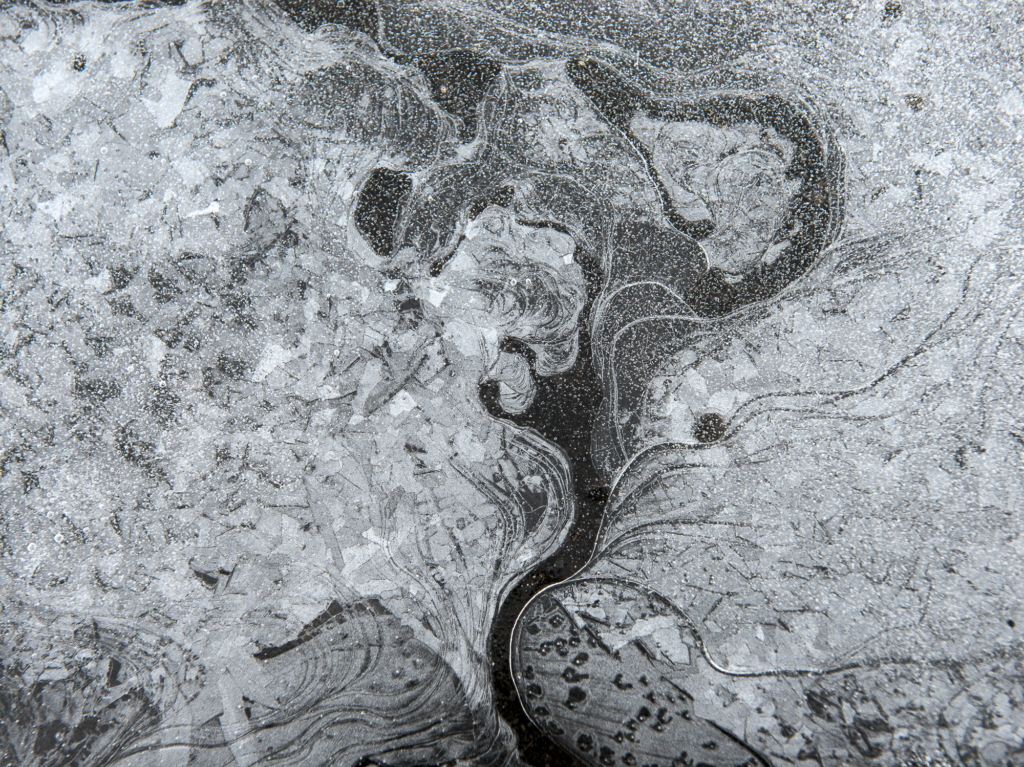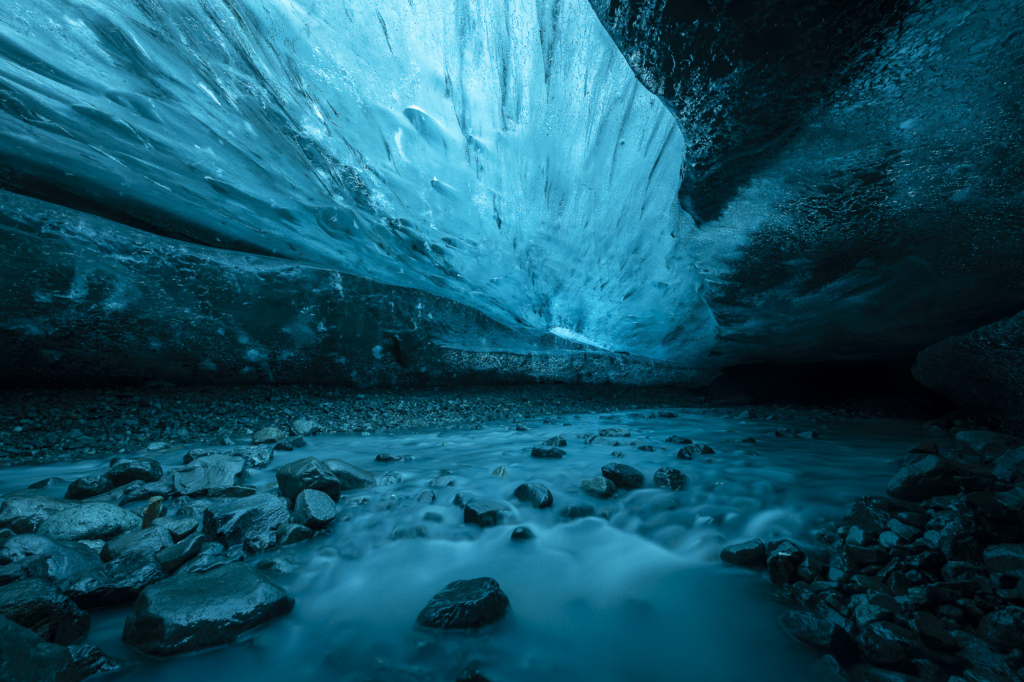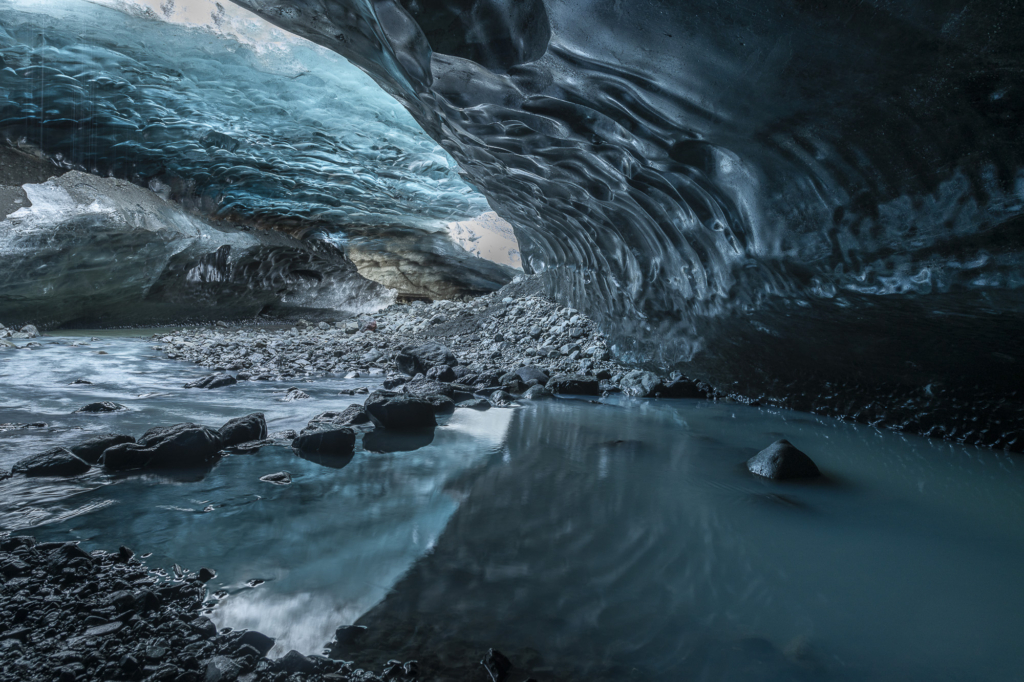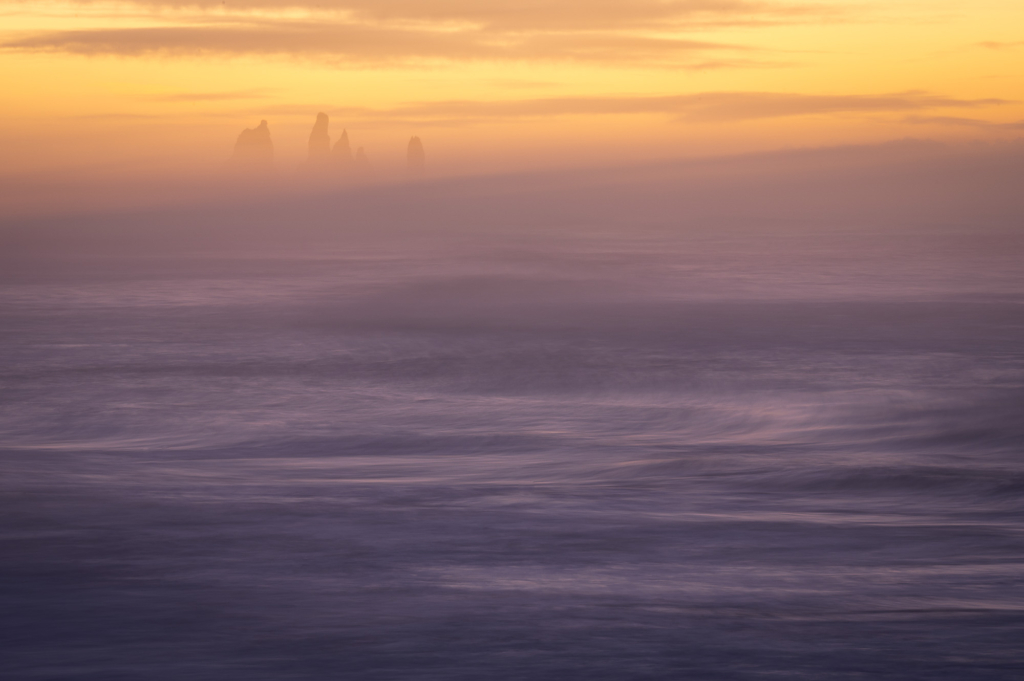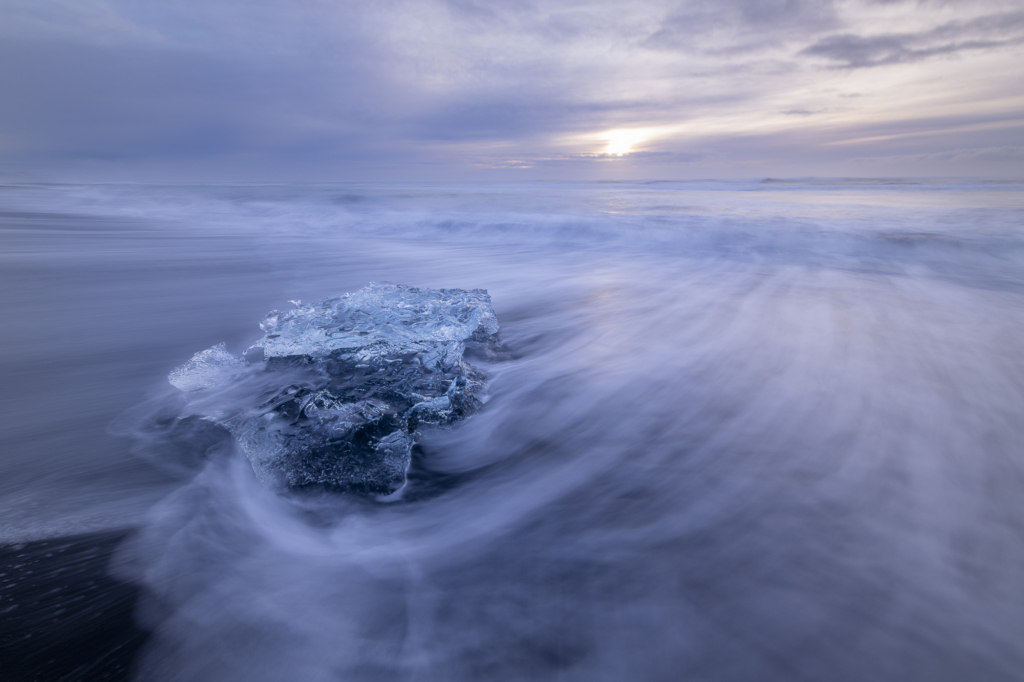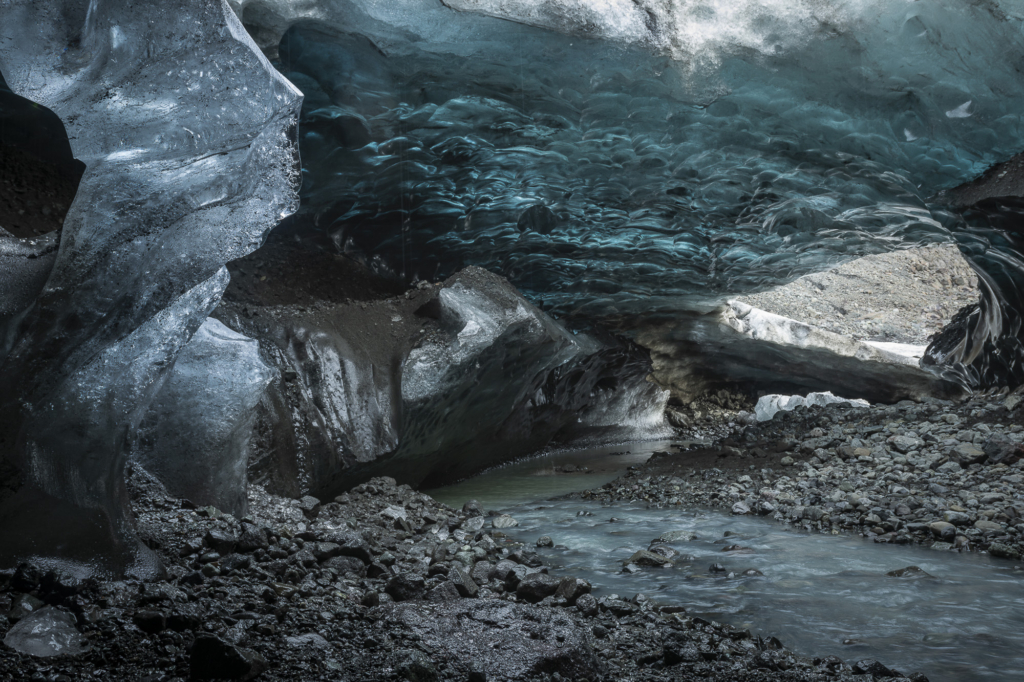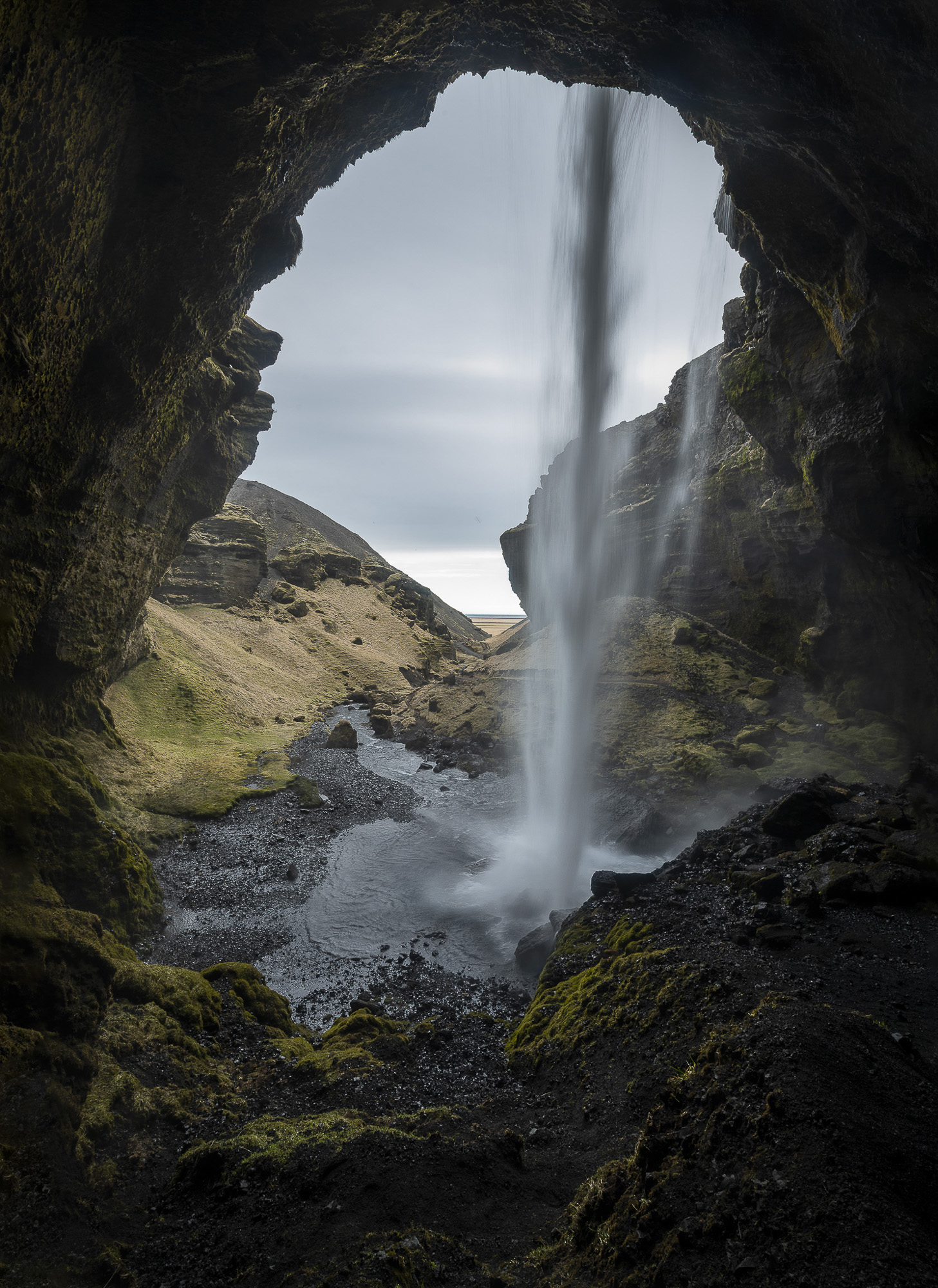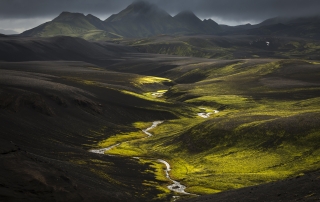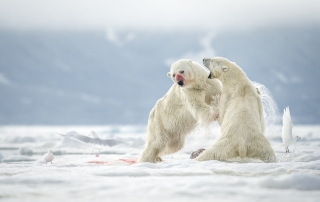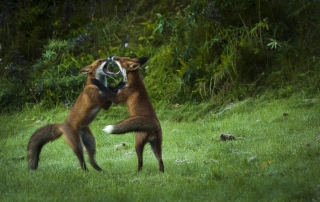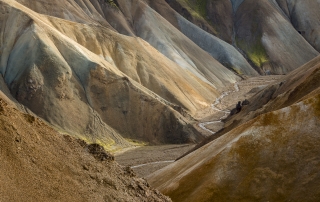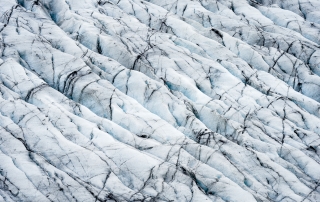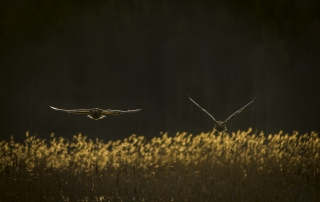Some highlights
- Experience and photograph Vatnajökull’s sapphire blue ice caves with a local guide
- Super jeep ride to and from the ice caves
- Glacial lake Jökulsárlón and the black lava beach where the pieces of ice floating ashore shimmer like diamonds
- Exciting and dramatic coast with black lava beaches and mighty rock formations
- Iconic waterfalls such as Skogarfoss and several lesser known gems
- Dramatic gorges and mile-long views
- Good chances to see and photograph the northern lights
- Photograph graphic winter landscapes
- Experienced guiding by Frida Hermansson, who has extensive experience of photographing in Iceland
- Small group of MAX 7 participants
- Individual supervision, both in the field and in theory
- Photographic advice and tips for you to succeed even better with your photos
- Of course, we have been there before and carefully chosen the best spots
Experiencing Iceland in winter is something out of the ordinary. The weather on the island is always capricious and especially in winter. It helps to make the already magnificent scenery even more magnificent, and if the snow settles there is the possibility of minimalistic and graphic images.
We travel along the south coast eastwards and experience the dramatic coast’s exciting rock formations, black lava beaches and many waterfalls. We have a full three nights in Vatnajökull National Park to be able to be flexible depending on the weather conditions and this is also where we spend a day photographing the beautiful, blue shimmering ice caves under Vatnajökull.
The motifs are many and are always close by, we adapt the day’s layout according to prevailing circumstances to get as many good photo opportunities as possible. Here are all the conditions to develop your landscape photography – dramatic weather, magnificent views and exciting details. You receive individually adapted photographic guidance in the field.
VÍK, FJADRARGLJÚFUR AND SKÓGAR – COAST, RAVENIES AND WATERFALLS
Our trip goes southeast from Keflavik and we follow the coast. We adapt our motifs to the prevailing weather and light. We spend our first night in Vík. Here we are close to the beautiful coast with the well-known rock formations Reynis Drangar, the black lava sand Reynisfjara with mighty basalt columns and a huge basalt cave and Iceland’s southernmost point, the keyhole-shaped rock Dýrhólaey. Further, the journey goes east and along the way we can photograph the well-known waterfall Skógarfoss but also some lesser-known, but at least equally beautiful waterfalls. Here is also the mythical lava field Eldhraun with its exciting lava formations and some beautiful gorges such as Fjádrargljúfur. We will also spend our last night in Vík, so there is an opportunity to return to some of the motifs.
VATNAJÖKULL NATIONAL PARK – GLACIER LAGOONS AND ICE CAVES
We spend three nights in Vatnajökull National Park. Here we get several opportunities to photograph the beautiful glacial lake Jökulsárlón and the ice beach below. Vatnajökull is Europe’s largest glacier and large icebergs and ice floes from it end up in the Jökulsárlón and Fjállsárlón glacial lagoons. It is an exciting environment to photograph as the subjects are constantly changing. It is not uncommon to see seals swimming around inside the lagoon. When the icebergs melt enough, they can flow out into the sea via a channel from Jökulsárlón. Some of them wash up on the black lava beach where they lie like glittering diamonds and ice sculptures against the black sand.
From Vatnajökull there are several huge glacier that stretch down towards the coast. We will be able to get up close to the glacier by super jeep and a local guide who will guide us on a private tour to some of Vatnajökull’s crystal blue ice caves and canyons. Here there are opportunities to photograph sections and graphic details as well as the chambers of the caves in their entirety. We will also go further east where we can photograph the rolling sand dunes of Stokksne and the beautiful Vestrahorn mountain.
Also here the weather and light will decide where and when we go, and the day planning is flexible. If the weather is clear, the chances of the northern lights are very good this year, and if there is a chance of the northern lights, we head to one of the Jökulsárlón glacier lagoons or the nearby Fjallsárlón to get the nicest foreground possible.
Itinerary
Day 1 (20/2) (Dinner)
Arrival in Keflavik by afternoon flight. Frida meets you in Keflavik. Our trip goes towards Vík and the southern tip of Iceland, the trip takes about 3 hours and if the weather permits we make some photo stops along the way. Dinner and accommodation in Vík.
Day 2 (21/2) (Breakfast – Lunch – Dinner)
Morning photography at Reynisfjara / Dýrholay. Back to our guesthouse for breakfast. After that we pack up our things and head east. We make photo stops along the way. Evening photography at Stokksnes/Vestrahorn or Jökulsárlón. Back to our guesthouse for dinner.
Day 3-4 (22-23/2) (Breakfast – Lunch – Dinner)
These days we are open depending on the prevailing weather. One of the days we go to the ice caves by superjeep. Other motifs are the glacier lagoons Jökulsárlón and Fjallsárlón, Stokksnes and Vestrahorn. If there is a chance to see the northern lights, we head to one of the glacier lagoons.
Day 5 (24/2) (Breakfast – Lunch – Dinner)
We plan according to the prevailing weather, light and aurora borealis. Possibly morning photography at the ice beach, then back to our guesthouse for breakfast before we pack up our things and head back to Vík. There are chances for photo stops along the way and evening photography by the coast or a gorge.
Day 6 (25/2) (Breakfast – Lunch)
Morning photography at Reynisfjara. We then return to our guesthouse for breakfast before packing up our things and heading to Reykjavik. We can make time for a photo stop along the way. Then it’s time to check in and take the afternoon flight home.
Photographic leader
Frida Hermansson
Lives in Roslagen. Frida has had a fascination and love for animals and nature since childhood. She also works as an AD and graphic designer and that has shaped her image creation.
In her photography, she is curious and constantly strives for new ways to portray her subjects, whether it is animals, landscapes or graphic details.
Frida has had several photo shows and exhibitions and also participated in SVT’s Mitt i Naturen, “The art of photographing nature”.
Frida’s pictures are published in Fotosidan Magasin, in articles and reports on Natursidan.se, the book “Experiences in Stockholm’s Nature”, and local press.
As a photographic guide on trips and workshops, Frida is passionate about sharing knowledge and inspiration, and the goal is always for the participants to come home with new knowledge, memorable experiences and really good pictures.
Website: www.fridahermansson.com
